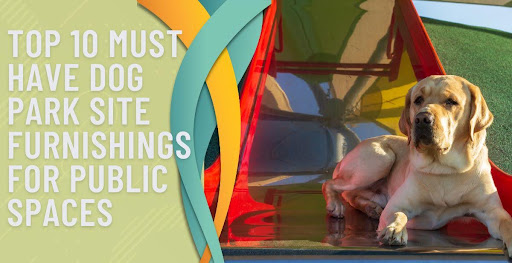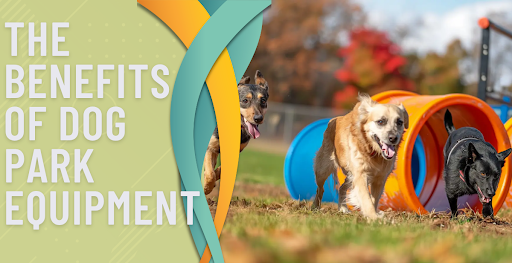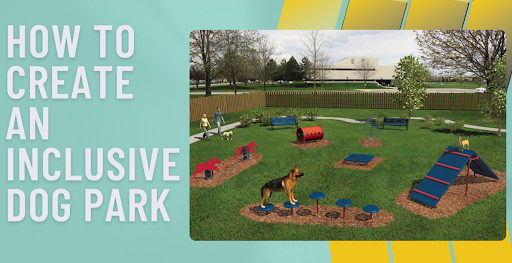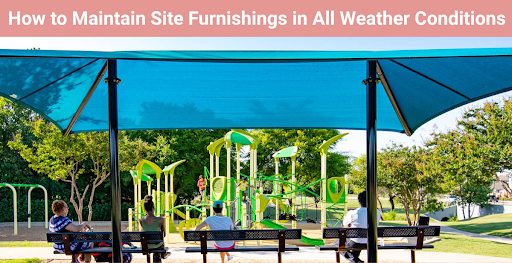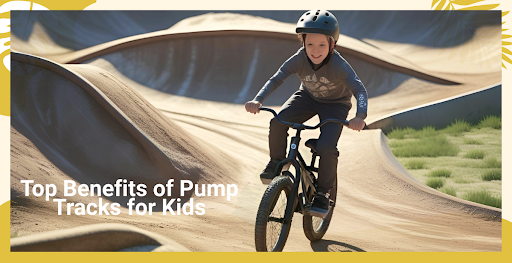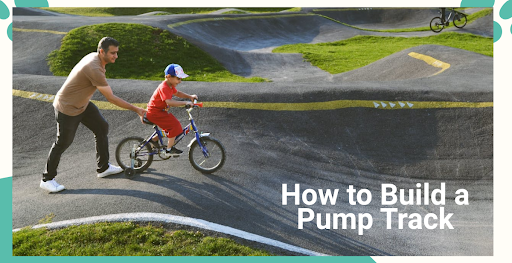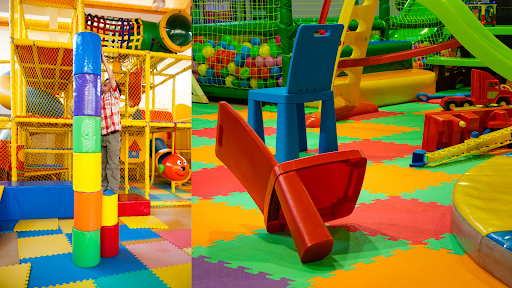How to Create a Purposeful Play Space
Create a fun and safe play space that helps kids learn, grow, and make friends, while keeping it flexible for endless adventures!

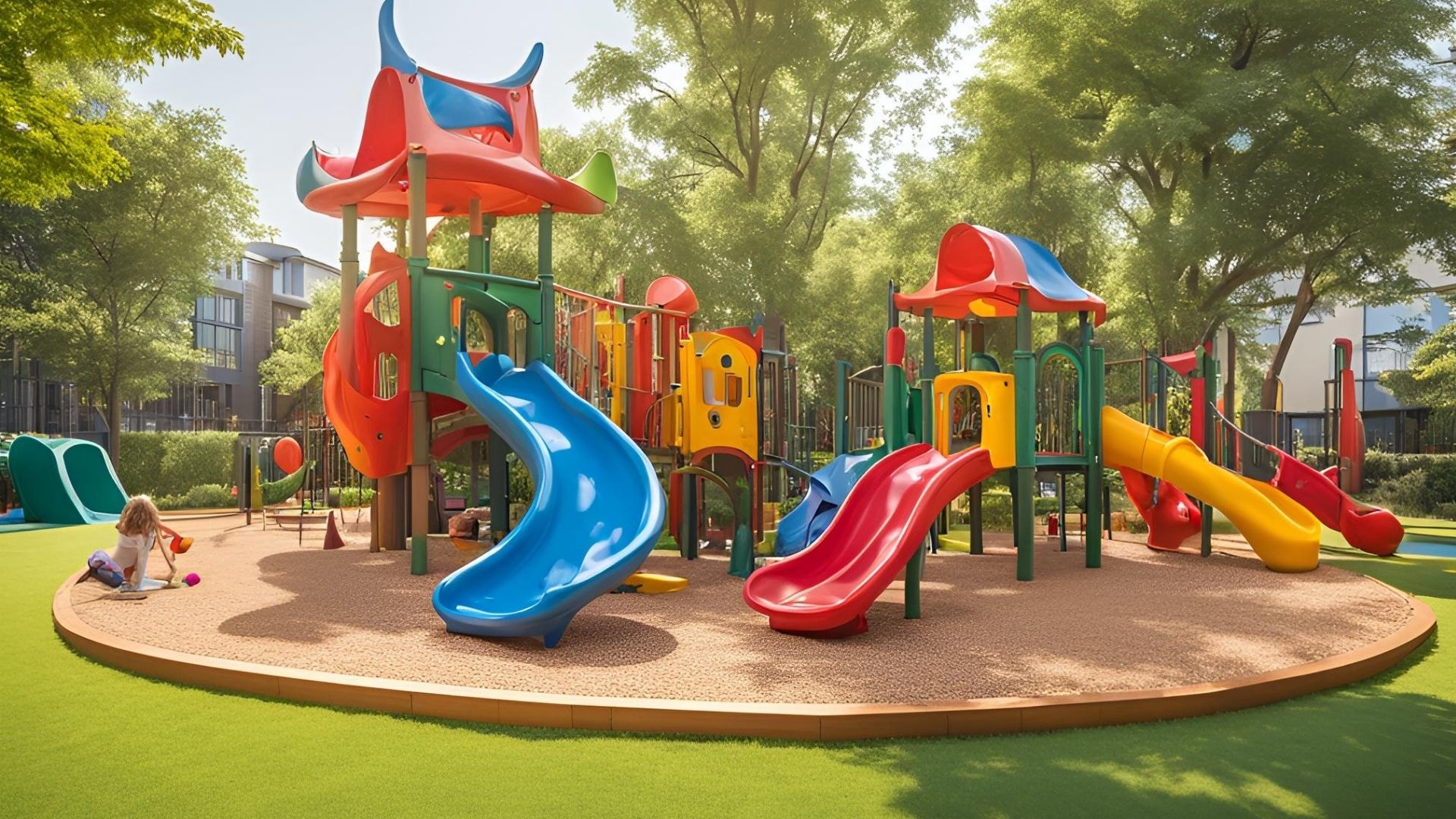
Kids learn by interacting with their surroundings and peers, making the design of a Purposeful play space essential for supporting their development. This involves selecting materials and resources that align with educational goals while keeping play engaging.
In this blog post, we'll show you how to create a space that encourages fun and helps kids manage emotions and build social skills. Let us guide you in crafting a play area that evolves with your child, fostering creativity, learning, and growth.
What is Purposeful Play and Why Does it Matter for Kids?

Purposeful play might sound fancy, but it just means finding ways for kids to learn while they play. For example, kids who build with Lego blocks aren't just playing.
They're learning about shapes, balance, and math without realizing it. They also get better at using their hands, which helps with everyday things like tying shoes or zipping jackets.
Having a special spot for kids to understand and manage their feelings does more than just give you a break and keep them calm—it helps them succeed later in life. If kids or adults can't handle their emotions well, they'll find many parts of life tough.
Letting kids run and play outside does more than make them strong and coordinated. It also helps their brains work better and encourages them to take chances.
Nowadays, kids don't get to take as many risks as they used to, with super safe playgrounds and lots of adult supervision. This can slow down their growth. If kids don't learn to take smart risks early on, they might struggle with new challenges when they're older.
How to Create a Purposeful Play Space

Step 1. Space and Safety
Begin by selecting a spot where children have ample room to roam and children play freely. Choose an area distanced from high-traffic zones to minimize noise and distractions.
Safety is paramount, so ensure that the space is free from sharp corners, hard edges, and breakable items. Place soft mats or rugs to prevent falls and clearly mark the boundaries of the play area.
This setup helps delineate where the designated fun zone begins and ends, ensuring a safe and inviting environment for play.
Step 2. Theme it Up
Who says play spaces must be mundane? Opt for a theme that resonates with your kids—a space station, jungle gym, or a fairy castle.
Watching their imaginations soar as they embark on themed adventures can transform playtime into an exciting exploration. Decorate the area according to the chosen theme to enhance the atmosphere and inspire creative stories and games.
Engaging in such a vividly themed environment encourages children to craft their own narratives and adventures, sparking both creativity and joy.
Step 3. Rotate Toys Regularly
Refresh the play environment by regularly rotating toys to maintain a well-organized space. This method helps reduce clutter and keeps the area tidy while also reigniting excitement for toys that may have been overlooked.
It's like staging a mini treasure hunt every few weeks, where kids enthusiastically rediscover "new" toys. Utilizing transparent storage bins ensures the space stays organized, allowing children to easily spot and choose what they want to play with.
This promotes both their independence and sharpens their decision-making skills.
Step 3. Include Educational Elements
Incorporate various educational items, such as puzzles, books, or even a dedicated craft corner, into the play area to select developmentally appropriate materials. Integrating these learning tools makes acquiring new skills a fun and engaging part of playtime.
Picture your children designing intricate macaroni necklaces one day and piecing together puzzles the next. These activities entertain and boost critical thinking and creativity, turning playtime into a dynamic learning experience.
Step 4. Maximize Accessibility
Ensure that everything within the play area is easily accessible to your child. Incorporate low-lying shelves to store an array of books and toys, and arrange small chairs or soft cushions for cozy seating options.
This thoughtful setup not only safeguards children by making it easy to reach and return items independently but also promotes a sense of autonomy and invites little explorers to interact with their environment on their own terms.
Such functional spaces invite little explorers to interact with their environment on their own terms, encouraging independence and self-directed play.
Step 5. Enhance Social Interaction
If space permits, introduce elements like a small table or a playful tent to create a pretend play area where children can gather for interactive games or whimsical tea parties.
This isn't just about having fun; it's a thoughtful way to help children develop vital social skills. Such imaginative play settings encourage kids to practice sharing, learn to play cooperatively with peers, and engage in creative group activities.
Plus, it's a joyful opportunity for them to have laughter-filled conversations over pretend tea, fostering friendships and memorable experiences.
Step 6. Add a Touch of Nature
Enhance the play area by incorporating elements from the natural world, such as a small indoor plant or a sensory table filled with shells, smooth rocks, or other natural play materials. These additions make the space more visually appealing and foster a deeper connection between children and their environment.
Engaging with nature-based items like shells or even stuffed animals designed to mimic wildlife provides a calming, tranquil experience while promoting the development of sensory skills. This hands-on interaction with natural textures stimulates curiosity and learning in a gentle, enjoyable way.
Step 7. Keep It Flexible
As children develop and mature, their interests and needs will inevitably evolve, necessitating changes to their play environments. A toddler might be captivated by a mini kitchen, but their attention might shift to more complex activities like science experiments or model building as they grow.
It's crucial to remain adaptable and willing to update the play space to align with your child's interests and developmental stage. This approach ensures that the play area remains a stimulating and cherished space that continues to engage and excite them as they grow.
Regular updates can reinvigorate the space and keep it relevant, making it a continual source of joy and discovery through the years.
Step 8. Reflect Their Personality
Encourage your child to take an active role in designing their play space. Their choices and preferences will make the area feel more personal and inviting. Whether selecting a bright pink beanbag, a funky lamp, or arranging their toys in a specific way, these decisions are crucial for expressing their unique personality.
Allowing them to infuse their personal touch enhances their connection to the space and boosts their confidence and creativity as they see their ideas come to life.
Step 9. Regular Clean-Ups
Incorporate clean-up time into your child's daily routine to encourage responsibility and help maintain an organized play space. Make this task enjoyable by turning it into a game, like "beat the clock," where they race against time to tidy up.
This transforms what could be a mundane chore into an engaging part of playtime, teaching them the value of organization and care for their play materials. Not only does this create a cleaner environment, but it also reinforces important life skills in a fun and interactive way.
Create a Purposeful Space With Park N Play
Designing a purposeful play space involves crafting an environment that enriches a child's development and sparks their creativity. Involving children in the setup process and incorporating practical routines like regular clean-ups transforms the area into a dynamic and educational haven.
This thoughtful approach supports their cognitive and physical growth and cultivates crucial emotional and social skills. Are you prepared to construct a transformative play area that will captivate and educate? With Park N Play Design, you can create a purposeful space that encourages growth, sparks creativity, and supports comprehensive development.
Start designing your ideal play environment with Park N Play Design
today, and watch as your space becomes a hub of joyful learning and development!
FAQs
How do you make play purposeful?
To make play purposeful, integrate activities that align with your child's developmental stage and interests, using toys and games that stimulate creativity, problem-solving, and social skills. Encourage hands-on experiences and social interaction to enhance learning and enjoyment during playtime.
How do you set up a stimulating play area?
Create a stimulating play area by incorporating engaging materials that support different types of play, such as physical activities, creative projects, and intellectual challenges. Ensure the space fosters the development of fine motor skills with accessible toys and encourages both independent and cooperative play to support a wide range of learning experiences.
How do you create a play environment?
To create an effective play environment, organize a space that encourages exploration through well-chosen toys and activities that promote sensory play and adapt to your child's evolving needs. Be actively involved by designing educational play scenarios that stimulate critical thinking and support sensory development, helping your child learn and grow through diverse, engaging experiences.




